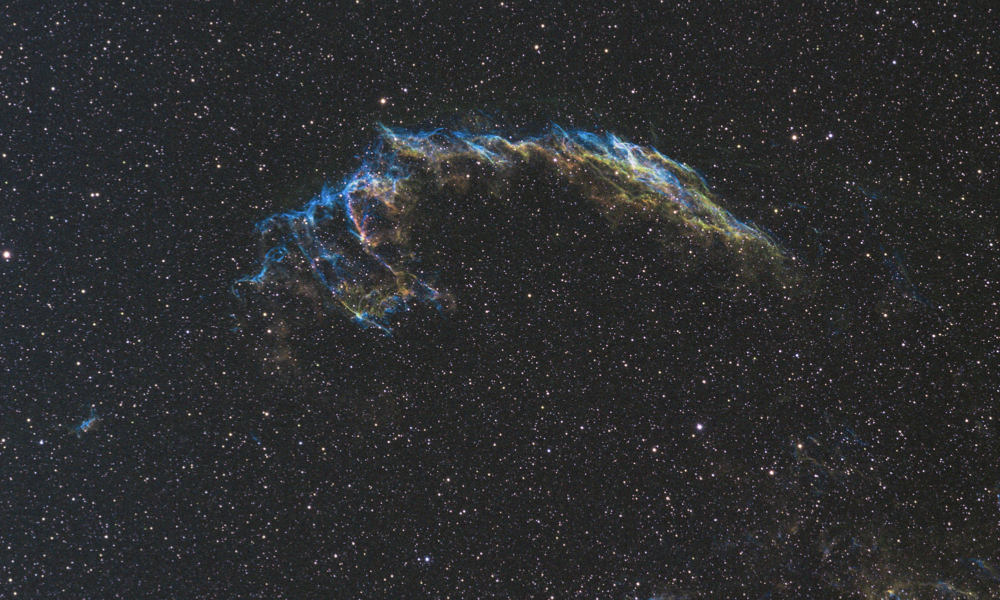
ESA Open Invitation to Tender AO9292
Open Date: 06/12/2018
Closing Date: 15/03/2019 13:00:00
Status: ISSUED
Reference Nr.: 18.1TT.40
Prog. Ref.: CC for Advanced Tech
Budget Ref.: E/0505-01C – CC for Advanced Tech
Special Prov.: BE+DK+FR+DE+IT+NL+ES+SE+CH+GB+IE+AT+NO+FI+PT+GR+LU+CZ+RO+CA
Tender Type: C
Price Range: > 500 KEURO
Products: Satellites & Probes / RF / Microwave Communication (Platform and Payloads) / Antennas – BB / Feeds
Techology Domains: Electromagnetic Technologies and Techniques / Antennas / Reflector and Lens Antennas
Establishment: ECSAT
Directorate: Directorate Telecom & Integrated Applica
Department: Telecom Technologies,Product&Systems Dep
Division: Technologies and Products Division
Contract Officer: Dorval, Nathalie
Industrial Policy Measure: N/A – Not apply
Last Update Date: 06/12/2018
Update Reason: Tender issue
Objective:The objective is to design and develop a single reflector antenna capable of generating multiple, contiguous beams by using end fire radiation feeds in the focal plane in a single feed-per-beam configuration.Targeted Improvements:Enabling technology development to achieve a three- or four-fold decrease in the number of required reflector antennas on board in order to achieve the same throughput.Description:The next generation of high throughput satellites call for multiple beam antennas that are able to generate very narrow and contiguous spot beams over a wide service. This requirement puts strong constraints on the design and accommodation of the satellite antennas. Multiple-beam antennas based on a reflector and multiple feeds in single-feed-per-beam (SFPB) configuration are known to have a limitation in which the feed aperture area can be insufficient to illuminate the reflector efficiently.In order to overcome this limitation, most of the multiple-beam systems embarked on a single satellite today are based on three or four reflectors, each operated in a SFPB configuration. Each reflector antenna, while having the same boresight, produces separatelya coverage of regular but non-contiguous spot beams. The overall multiple-beam coverage is rendered contiguous by aggregating the coverage of each reflector antenna. However, this design approach is limited when considering a wide service area as targeted today, since the scan aberration becomes critical. This results in secondary patterns with degraded peak gain and high sidelobe levels for the edge-of-coverage spot beams.In order to overcome these limitations, in this activity an antenna concept shall be developed thatallows the generation of multiple, contiguous, narrow spot beams in contrast to today’s non-contiguous narrow spot beams. The antenna concept requires feeds with a small physical footprint, which is challenging to achieve. A possible solution is end-fire radiators, such as dielectric rod or cigar radiators. These radiators exhibit the interesting properties of having a gain performance that is mainly depending on the radiator height rather than on their footprint. They could therefore be advantageously designed to have the required footprint and spacing for the feed assembly.Following an investigation of novel materials and the latest techniques for manufacturing such end-fire radiators, a scaled engineering model of a Ka-band, transmit-receive, single-reflector, SFPB, multiple-beam antenna using end-fire radiation feeds in the focal plane shall be designed, manufactured and experimentally validated. The validation campaign shall include assessment of the antenna’s mechanical, electrical, RF power handling (multipactor, corona and passiveintermodulation) and electro-static discharge performance.
If you wish to access the documents related to the Invitation to Tender, you have to log in to the ESA Portal.
